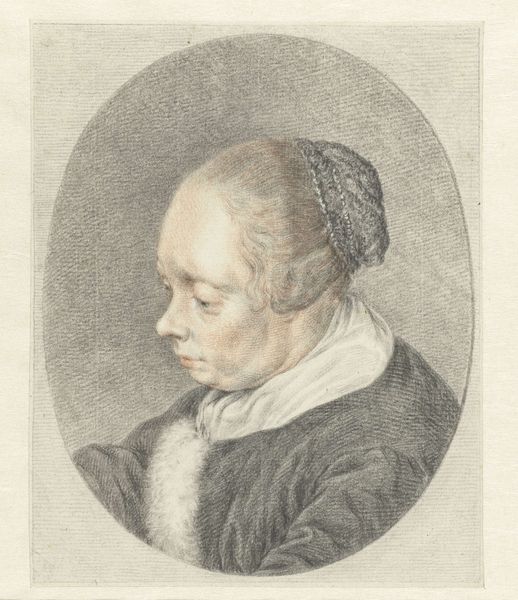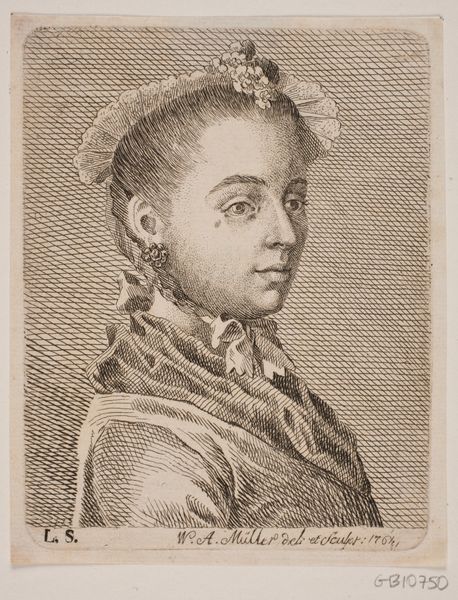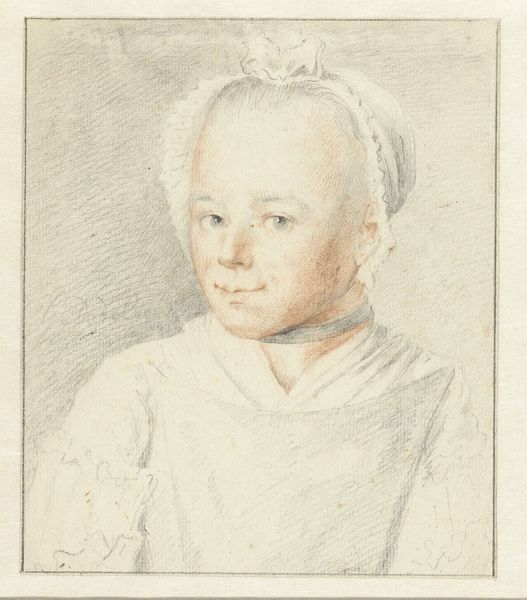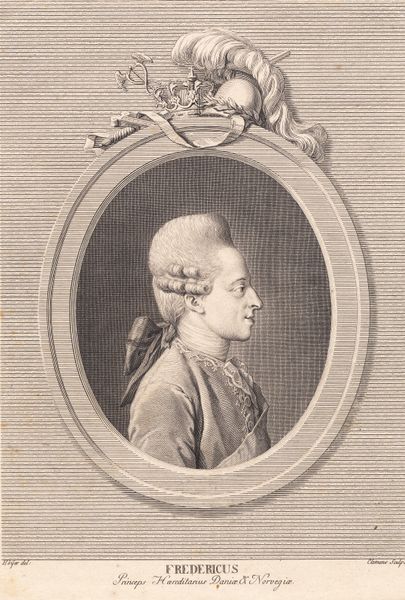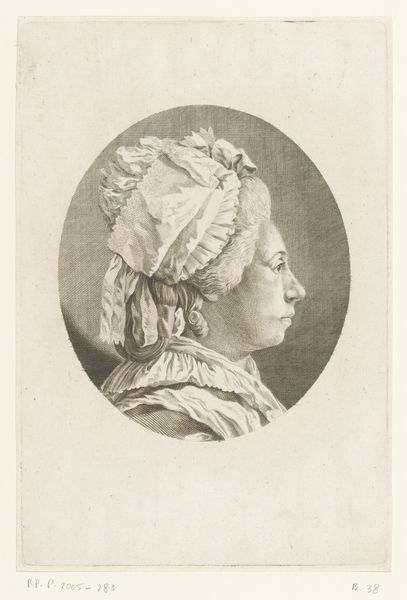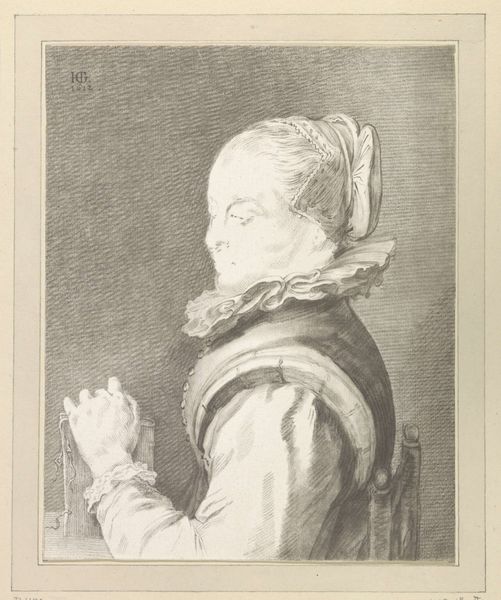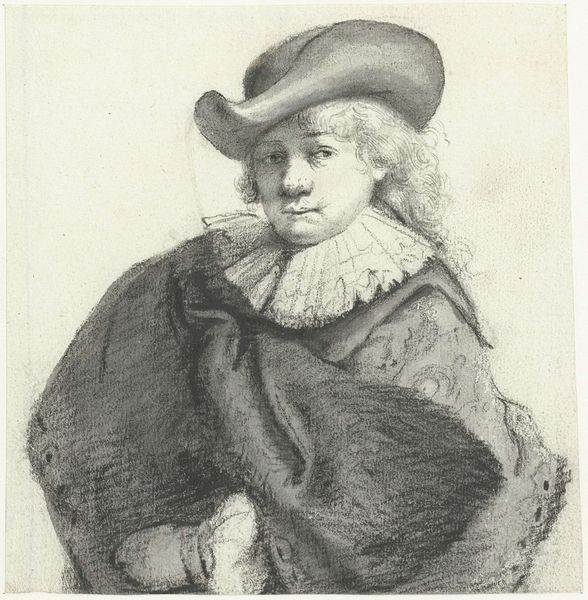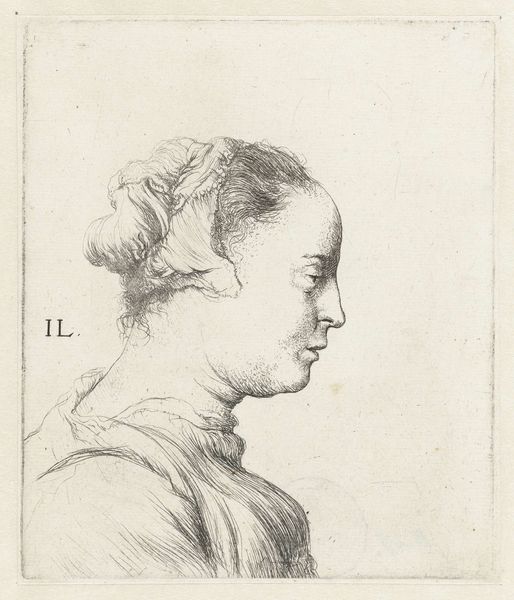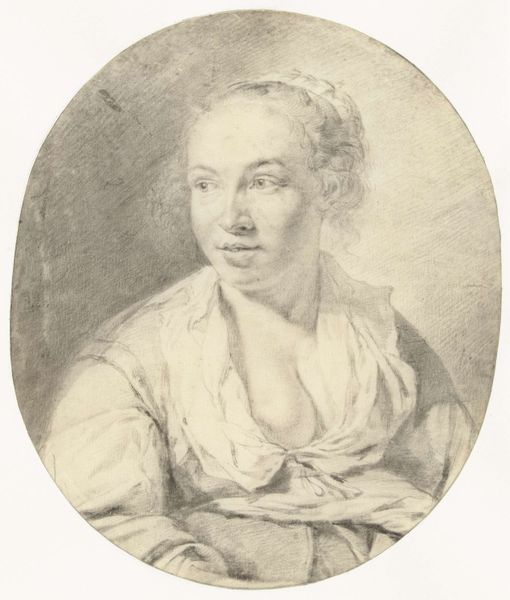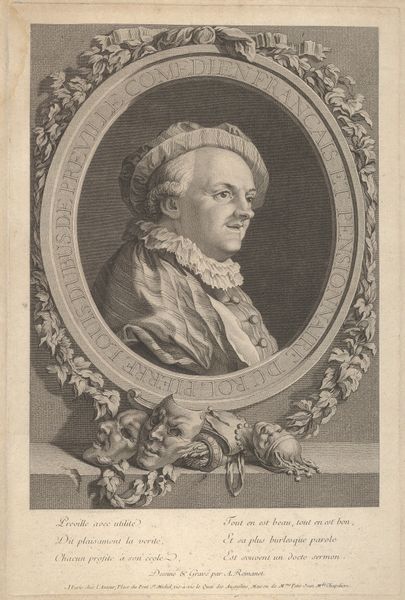
drawing, pencil
#
portrait
#
drawing
#
caricature
#
portrait reference
#
pencil drawing
#
pencil
#
portrait drawing
#
academic-art
#
profile
#
realism
Dimensions: height 178 mm, width 136 mm
Copyright: Rijks Museum: Open Domain
Editor: Here we have "Vrouw met wit kapje en kraag," or "Woman with white cap and collar," created sometime between 1835 and 1898 by Gerardus Johannes Bos. It's a pencil drawing, currently housed here at the Rijksmuseum. There’s something almost dreamlike about the subject’s closed eyes. What draws your attention when you look at this piece? Curator: Well, consider the labor involved in producing such a detailed drawing with just pencil. Notice the delicate rendering of the fabric - the cap, the ruff - think about the process of making these clothes. The linen for her cap, the probable source of this linen, the labor that goes into creating a pristine white fabric for such adornment. It speaks to the social standing but more importantly, the means and cost behind what is being made. Who could afford such finery, and the artists to create these works for them? Editor: That's an interesting angle, I hadn't considered the implications of the fabric itself. It’s easy to overlook the sheer amount of work behind what is depicted. Curator: Exactly. This is a portrait, yes, but also a record of material culture. Consider, too, the subtle gradations achieved with the pencil. This level of control shows skill but also countless hours of dedicated labor. A question arises - did the laborious production enhance its perceived artistic value? Editor: That definitely reframes my initial interpretation! The skill with pencil and paper itself speaks to time and dedication as a value here, especially alongside that crisp white collar. Are there any particular details about the process that stand out? Curator: The way the artist renders the light on the ruff's folds is particularly compelling. Pencil alone has created what otherwise could have been seen through paint in terms of textural nuances, and yet pencil work still often lands in studies as secondary, as lesser than painting. It demands our consideration of how materials and labor inform hierarchy. Editor: I see what you mean. Thank you. That makes me think differently about pencil drawings now. It’s more than just a sketch. Curator: Indeed. Art-making is rarely divorced from material realities and production processes, and considering those aspects, it creates new spaces for dialogue around artistic skill.
Comments
No comments
Be the first to comment and join the conversation on the ultimate creative platform.
